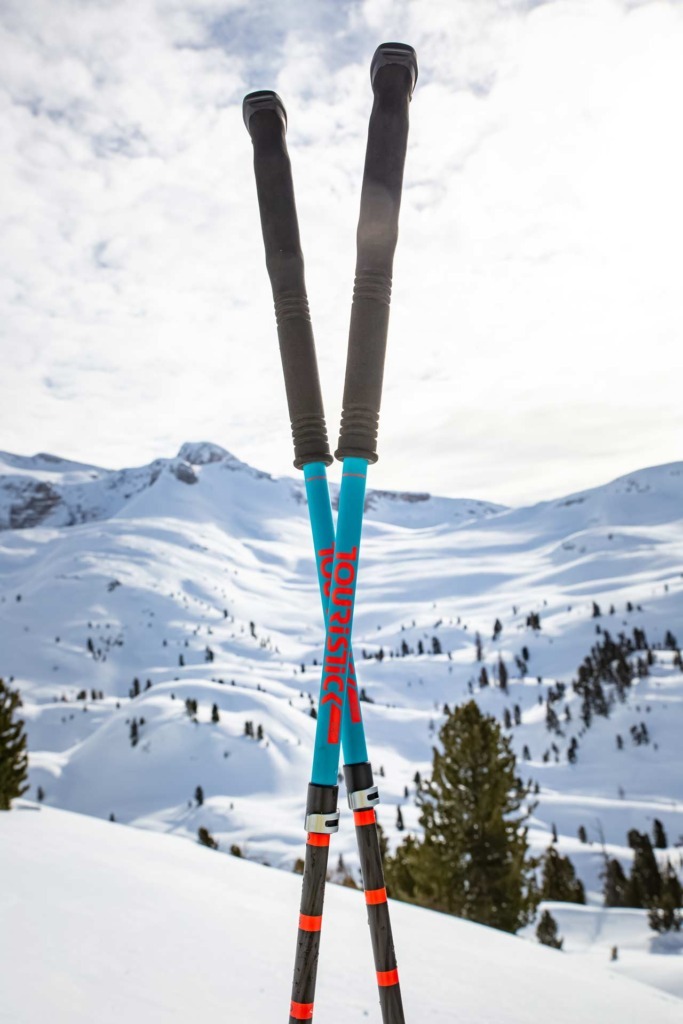Touring poles – what makes them special
everything you always wanted to know about gear
how to
Ski touring boots – stepping in made easy
Ski touring boots stepping in made easy The correct way to get into a ski touring boot is slightly different depending on the model. In general: The liner should already …
Ski touring skins – tips & tricks for “mounting and pulling off”
Ski touring skins tips & tricks for “mounting and pulling off” Putting on and taking off of the climbing skins should be mastered in all weather conditions. Strong winds, massive …
Are you well prepared?

